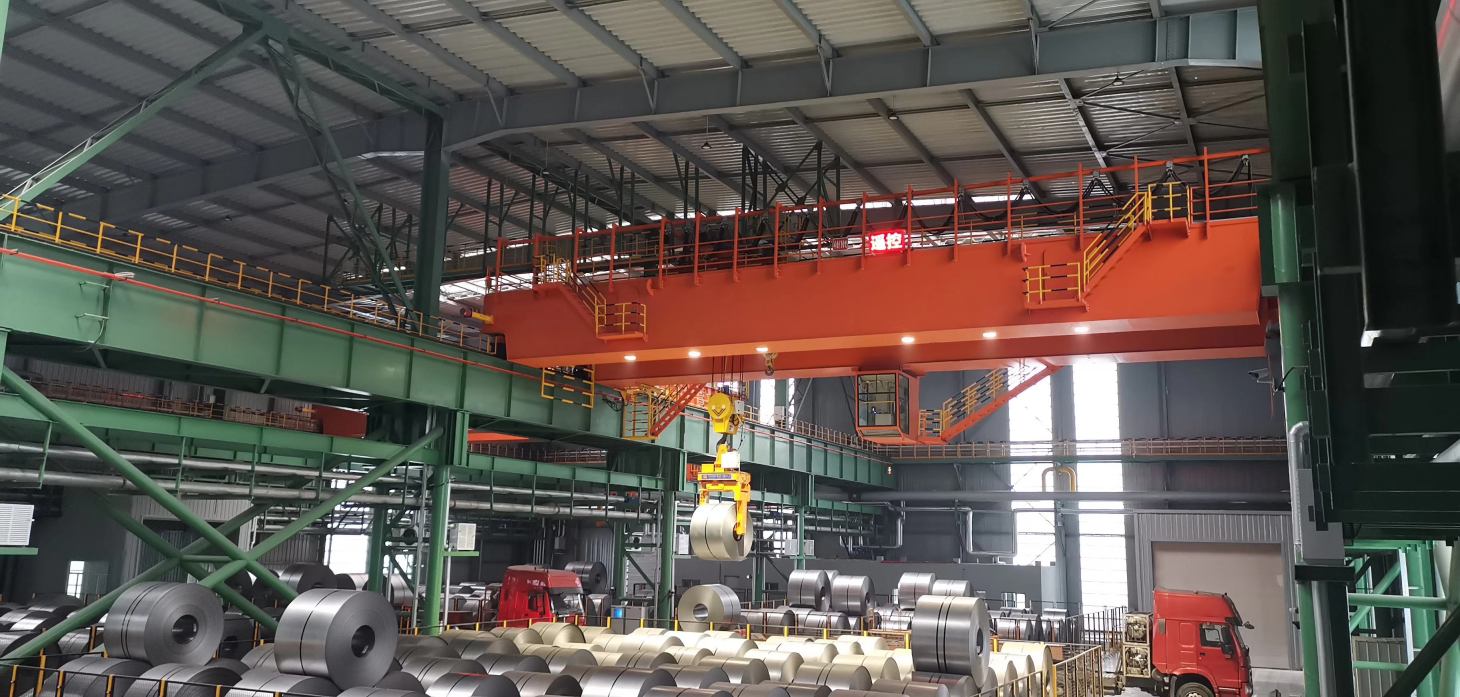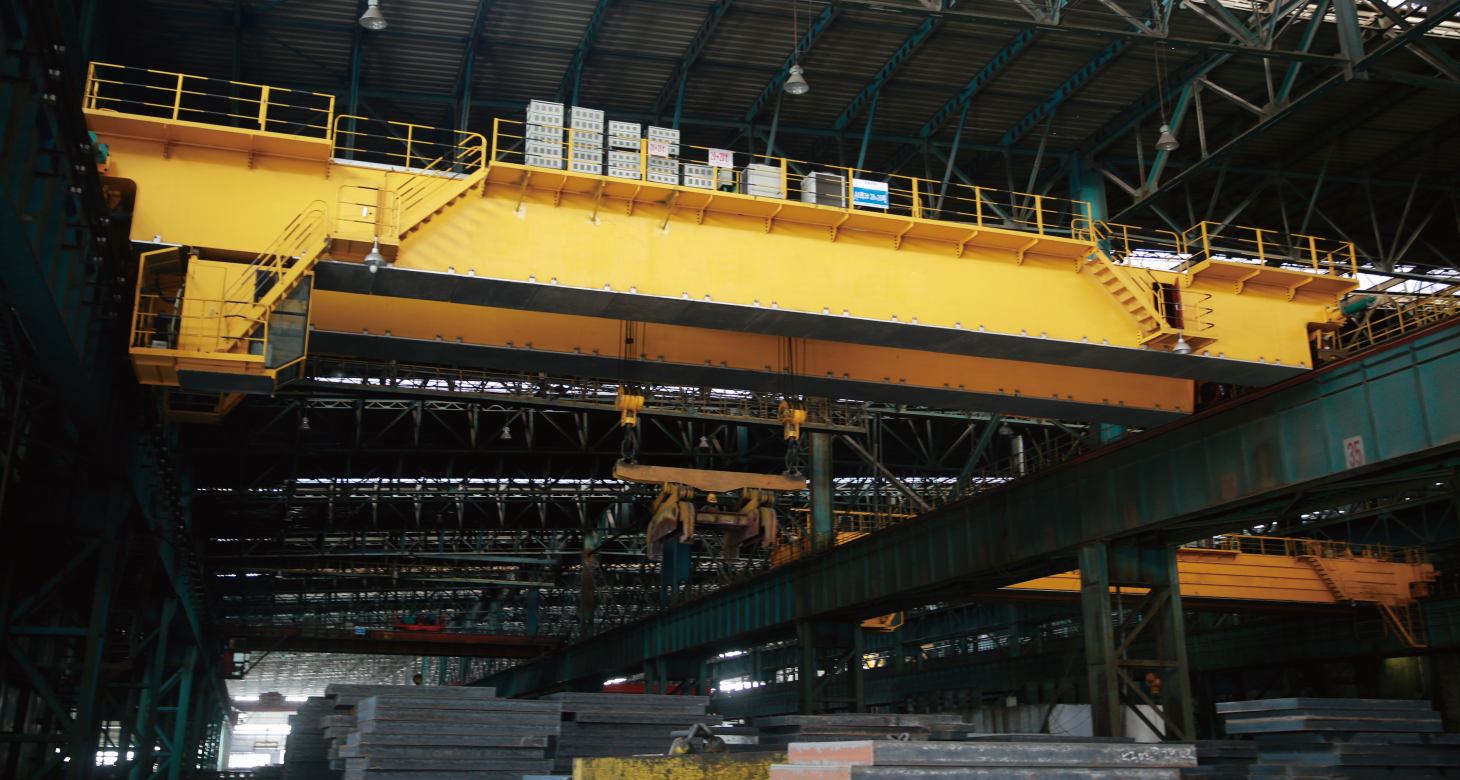In the modern industrial landscape, automation systems are revolutionizing how we approach manufacturing, warehousing, and logistics. One of the significant advancements in this realm is the integration of heavy-duty overhead cranes with automation systems. This synergy between robust lifting equipment and cutting-edge technology enhances operational efficiency, safety, and productivity.
As industries continue to evolve, understanding the benefits and implementation strategies for automated heavy duty overhead crane becomes increasingly crucial.

The Evolution of Heavy Duty Overhead Cranes
Heavy-duty overhead cranes are designed to lift and transport extremely heavy loads within industrial environments such as manufacturing plants, steel mills, and warehouses. These cranes are characterized by their high load capacities, durability, and reliability. Traditionally, heavy duty overhead cranes were manually operated, requiring skilled operators to control their movements precisely. However, the advent of automation has introduced a paradigm shift in how these cranes are utilized.
Benefits of Integrating Automation Systems
Enhanced Precision and Control: Automation systems provide unparalleled precision in the operation of heavy duty overhead cranes. Advanced sensors and control algorithms enable precise positioning of loads, reducing the risk of human error. This precision is particularly valuable in industries where even minor deviations can lead to significant problems.
Increased Safety: Safety is paramount in any industrial setting, especially when dealing with heavy loads. Automated cranes come equipped with safety features such as collision avoidance systems, load monitoring, and emergency stop mechanisms. These features significantly reduce the risk of accidents, protecting both workers and equipment.
Improved Efficiency and Productivity: Automated heavy duty overhead cranes can operate continuously without the need for breaks, unlike human operators. This continuous operation increases productivity by reducing downtime and accelerating material handling processes. Additionally, automation enables cranes to follow optimized paths, further enhancing efficiency. Heavy duty cranes always adopt double girder crane type to suit heavy duty materials handling as required.
Consistency and Reliability: Automation ensures consistent performance, eliminating the variability associated with human operation. This consistency leads to predictable outcomes, which is essential for maintaining quality standards in manufacturing processes.
Remote Monitoring and Control: Integration with automation systems allows for remote monitoring and control of cranes. Operators can oversee crane operations from a centralized control room, making it easier to manage multiple cranes simultaneously. This capability is particularly beneficial in large facilities where cranes are spread out over vast areas.

Implementation Strategies
Integrating heavy duty overhead cranes with automation systems requires careful planning and execution. Here are some key strategies to ensure a successful implementation:
Assessing Requirements: The first step is to assess the specific requirements of the facility. This includes evaluating the types of loads to be handled, the frequency of crane usage, and the layout of the facility. Understanding these factors helps in selecting the appropriate automation technology and designing a customized solution.
Choosing the Right Automation Technology: Various automation technologies are available for overhead lifting cranes, including programmable logic controllers (PLCs), sensors, and advanced software. Selecting the right combination of technologies is crucial for achieving the desired level of automation and performance.
Integrating with Existing Systems: In many cases, facilities already have existing automation systems in place. Integrating the new crane automation system with these existing systems ensures seamless operation and data sharing. This integration may involve interfacing with warehouse management systems (WMS), enterprise resource planning (ERP) systems, and other control systems.
Training and Skill Development: Even with automation, human operators play a crucial role in overseeing and managing crane operations. Providing comprehensive training to operators ensures they are proficient in using the automated system and can respond effectively to any issues that arise.
Regular Maintenance and Upgrades: Like any other industrial equipment, automated cranes require regular maintenance to ensure optimal performance. Implementing a proactive maintenance schedule and staying up-to-date with software upgrades enhances the longevity and reliability of the automation system.
Case Studies and Real-World Applications
Several industries have successfully integrated heavy duty overhead cranes with automation systems, yielding impressive results. For instance, in the steel manufacturing industry, automated cranes are used to transport molten metal and heavy steel coils. The precision and reliability of these cranes ensure smooth operations, reducing production delays and improving safety.
In warehousing, automated heavy duty overhead cranes facilitate efficient storage and retrieval of goods. By integrating with warehouse management systems, these cranes can autonomously locate and transport items, significantly reducing the time and labor required for inventory management. Aicrane, as a professional crane manufacturer and supplier, has provided wide range of overhead cranes used for different industries and applications.
Future Trends
The integration of heavy duty overhead cranes with automation systems is an ongoing process, with continuous advancements driving further improvements. Future trends in this field include:
Artificial Intelligence (AI) and Machine Learning (ML): AI and ML algorithms can enhance the decision-making capabilities of automated cranes. These technologies enable cranes to learn from past operations, optimizing their performance over time.
Internet of Things (IoT): IoT connectivity allows cranes to communicate with other equipment and systems in real-time. This connectivity enables better coordination and more efficient workflows within the facility.
Augmented Reality (AR) for Maintenance: AR technology can assist maintenance personnel by providing real-time, visual guidance on performing maintenance tasks. This reduces downtime and ensures that maintenance is carried out correctly and efficiently.
Integrating heavy-duty overhead cranes with automation systems represents a significant leap forward in industrial operations. The benefits of enhanced precision, safety, efficiency, and consistency are compelling reasons for businesses to adopt this technology. By carefully planning and executing the integration process, facilities can unlock the full potential of automated heavy-duty overhead cranes, positioning themselves for greater productivity and competitiveness in the modern industrial landscape. As technology continues to advance, the future holds even more exciting possibilities for the automation of heavy-duty overhead cranes.